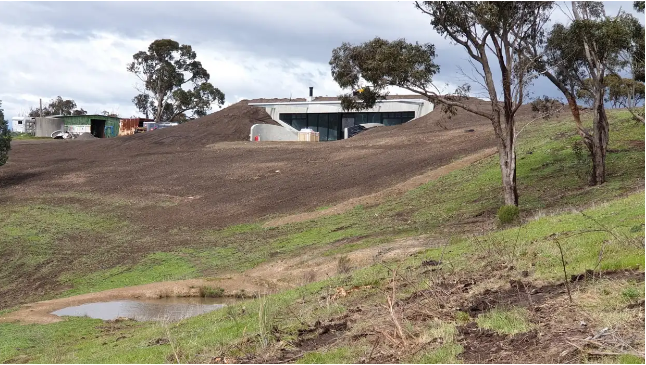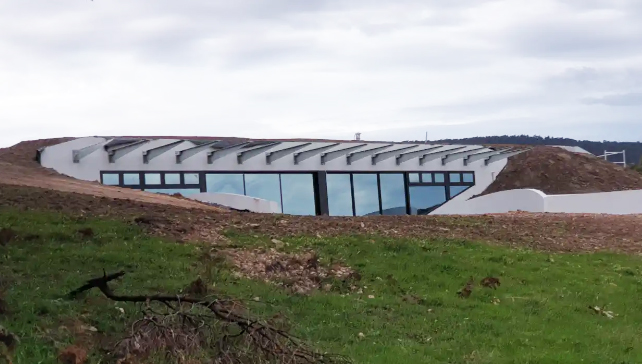The on-going fire storm in Australia has sparked new interest in ways to build more fire resistant houses. Architect Sean O’Bryan, who designs “earth sheltered” homes has been inundated with requests since the bushfire crisis escalated. “I’ve had about 20 emails since Christmas and a lot are from people who have had houses burnt down,” Mr O’Bryan said.


A rammed-earth house or a mud brick house with an earth-covered roof, is the “gold standard”, according to Justin Leonard, research leader for bushfire adaptation at CSIRO. “When you look at that kind of construction, I’ve actually seen houses go through the worst fires and they’re actually stronger because the mud brick has been baked by the fire and they are more durable and harder after the fire than before, and there isn’t actually anything you have to do to your house to continue to occupy it,” Mr Leonard said.

“Most houses burn down without a big flame front turning up and whacking the house,” Mr Leonard said. “We are talking about 90 per cent-plus of the circumstances where houses burn down, the flames are never actually engaged with it through radiant heat or through direct contact. So that leaves ember attack and those insidious surface fires that track through dry grasses that you find on everyone’s property.”
Non-combustible materials are key, like the use of a steel frame instead of a timber frame, or timber decking. Brick, rammed earth and rendered straw are all good materials that are resilient to fire, Mr Leonard said.
Architect, academic and founding member of the Bushfire Building Council of Australia, Ian Weir, hopes these bushfires will be instrumental in making architects focus more on fire safety. “People just think about a conventional house, and then adding something to it to make it a bit more resilient, and it’s such a flawed logic.”
You can read the original article at www.afr.com

Pumicecrete homes are also an option
Could you please send me your list of fire resistant building materials.